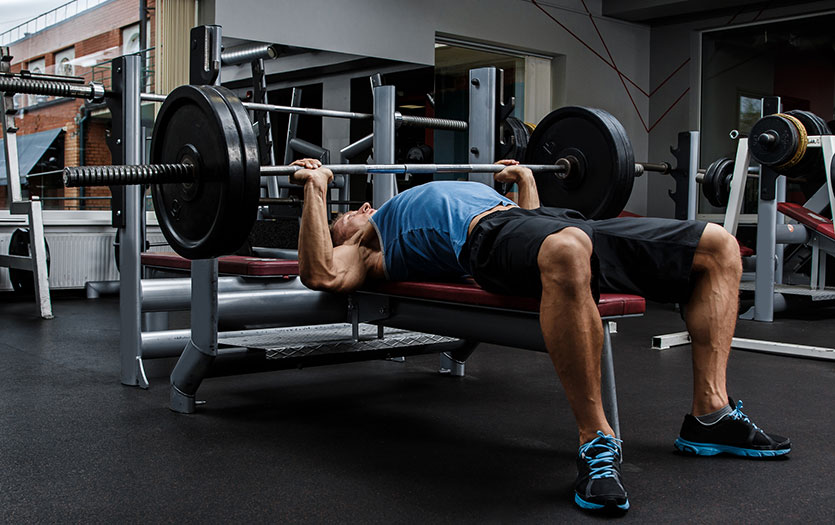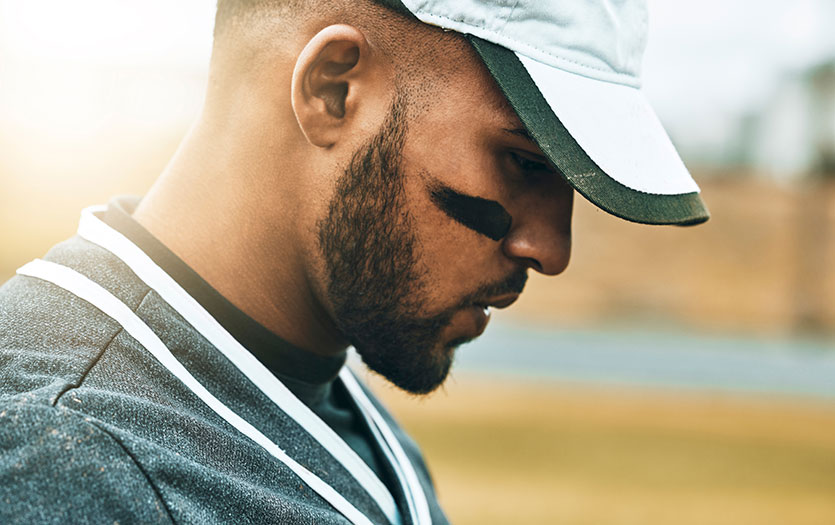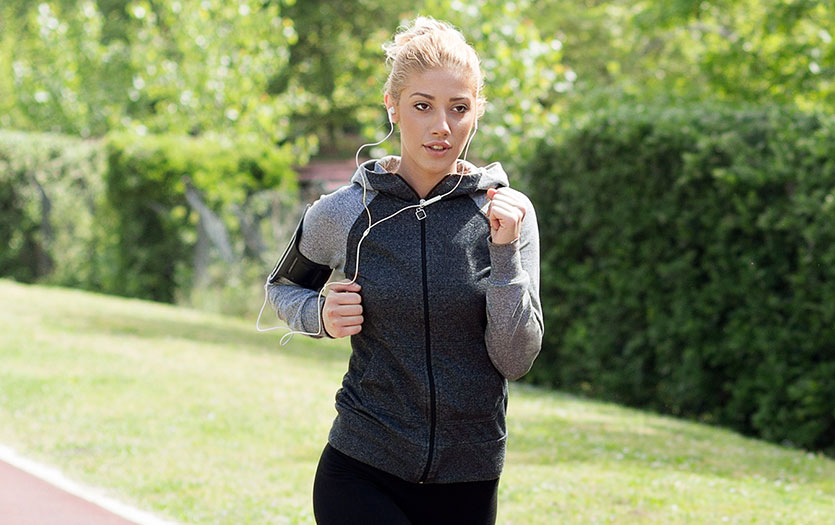
This post was written by Corrine Tester, performance specialist, Parkview Sports Medicine.
Athletes in northern Indiana often train in chilly weather from November to March. Since you can’t avoid the cold, why not embrace it? Whether you’re a runner continuing your training in the winter or a parent of an athlete practicing in cold weather, layering gear can keep athletes comfortable and safe.
The goal with layering is to maintain an adequate amount of warmth without overheating or overcooling. It consists of three components: a wicking layer, an insulating layer and a shell.
The wicking layer
This is the base layer, next to the skin, which helps draw sweat out. You’ll sweat even if it’s cold outside, causing you to get cold faster if you’re not wearing a wicking layer to pull sweat away from your body.
Why do you sweat even when it’s cold? As your body warms up, more blood is being pumped to the tissues and muscles to create heat. This is called basal energy expenditure. Energy produces heat, so the energy from your workout creates the heat that causes you to sweat as your body tries to maintain its optimal temperature.
The insulating layer
The middle layer traps the heat you produce during your workout and keeps your core temperature warm. For example, your favorite cotton hoodie is a poor insulator due to its breathable properties, whereas fleece traps more air, making it a great insulating layer. Adding a warm hat can also help retain heat, as an exposed head or neck can contribute to total body heat loss.
The shell
The outermost layer keeps you protected from the elements and prevents skin exposure. The shell should be wind- and water-resistant, to keep rain, snow and wind at bay.
Layering properly helps prevent two of the biggest dangers of cold temperatures: hypothermia and frostbite. Hypothermia occurs when the body’s core temperature drops below 95 degrees and continues to fall rapidly. Frostbite is the freezing of skin and is more common for athletes in winter training. The nose, ears and cheeks are all susceptible if exposed to frigid temperatures for too long.
Finally, be sure to hydrate during your winter workouts. Your body still needs liquids to replace the sweat it produces, even if you don’t feel as thirsty as you might during a warm summer workout.
Sources
Carlson, M. (2012, February). EXERCISING IN THE COLD: ACSM's Health & Fitness Journal.



